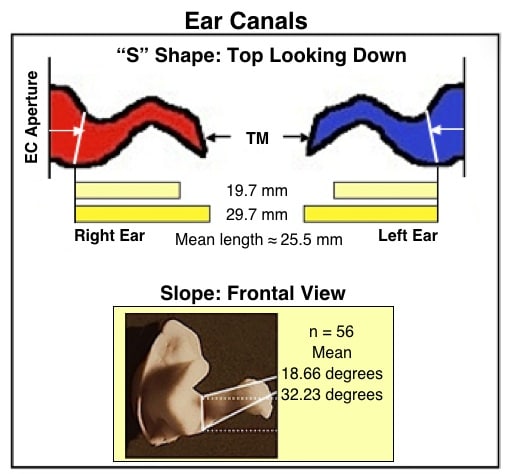
Reported 5 year survival rates range from 40-70% but decrease to 20% in advanced disease with local recurrence as the main cause of death. Įxtensive disease, positive margins, dural and cranial nerve involvement, facial nerve paralysis and moderate to severe pain on presentation have been noted as poor prognostic factors. However, surgical resection with negative margins followed by concurrent chemotherapy and radiation is the most commonly performed approach. Standard treatment modality is still unclear because of the rarity of this condition. Patients with advanced disease are seen with invasion of surrounding structures particularly the periauricular soft tissues, the parotid gland, temporomandibular joint and mastoid. Ear pain, ear discharge and signs and symptoms that may mimic otitis, cholesteatoma and polyp are the most common early manifestations. Symptoms are nonspecific and preclude an early diagnosis. Association with chronic suppurative otitis media has been noted. The primary tumor can arise from the external auditory canal (EAC), middle ear, mastoid and petrous apex. Squamous cell carcinoma of the temporal bone is extremely rare comprising 0.2% of all tumors of head and neck with an incidence between 1 and 6 cases per million population per year. For the above-mentioned patients, concurrent chemotherapy and radiation therapy was given which showed significant treatment response. However, surgical resection with negative margins followed by concurrent chemotherapy and radiation is the most commonly performed approach1. Lastly, a 54 year old male who underwent Radical mastoidectomy with histopathology reports of a moderately differentiated squamous cell carcinoma.Ĭonclusion: Standard treatment modality is still unclear because of the rarity of this condition. Punch biopsy of the left EAC mass was done and pathologic report showed well-differentiated squamous cell carcinoma. CT scan showed a left inner and middle ear canal mass with extension to the auditory canal and protrusion into the left cerebellar hemisphere. He was non-compliant with work-up and follow-up and later on presented with left facial asymmetry and headache. The second case is a 53 year-old male who refused surgical management. Histopathology showed moderately differentiated squamous cell carcinoma with temporal tumor and subdural extension consistent with metastasis.

The first case is a 51 year-old female who underwent wide excision of the right ear canal and middle ear mass and right temporal craniotomy. They were initially treated with otic antibiotics which afforded no relief. The most common signs and symptoms are pruritus, decreased hearing and yellowish discharge.
#Left external auditory canal series#
Hence, this condition may present as a diagnostic challenge.Ĭase Discussion: We describe a case series of three patients who presented with external auditory canal (EAC) mass. Symptoms are nonspecific and may be mistaken for other more benign conditions as otitis, cholesteatoma and polyp. Introduction: Squamous cell carcinoma of the temporal bone is extremely rare comprising 0.2% of all tumors of head and neck.


 0 kommentar(er)
0 kommentar(er)
